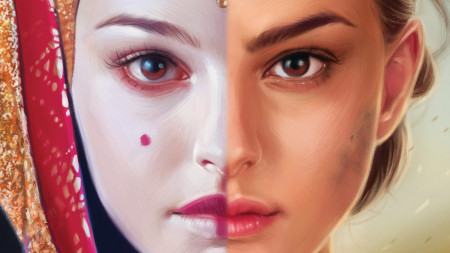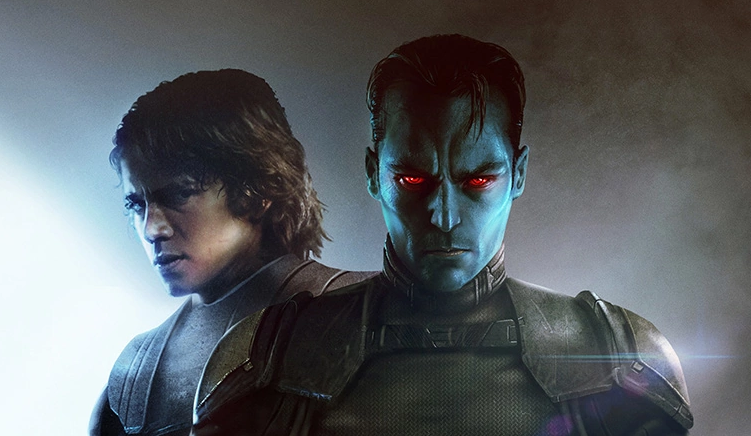
Mike: Last weekend’s Star Wars Celebration Chicago was not just my first Celebration but my first major convention of any kind. I had a blast and got to meet dozens of people from here and Twitter for the first time, but having technically covered the last few Celebrations here at Eleven-ThirtyEight and seen lots of rumblings about organizational issues (from both past events and this one) the thing I found myself most curious about as the weekend wound down was: how did Chicago stack up to the others?
I’ll be sharing more of my own thoughts soon, but suffice it to say that aside from a fair amount of stress over the status of my media application, I found the whole thing to be moderately logistically challenging but not to the point that it infringed upon my good time. If I wasn’t able to get into a panel I’d been hoping for there was always something new in the main hall to check out, or a friend to track down, or shitposting to do, so I never found it too bothersome.
But with this being my first con, I had no prior experiences to compare it to—better than average? Worse? Or typical? Luckily I had the novel opportunity to ask some of my staff writers—like, their actual physical selves—what most surprised them about this year. I should mention that while most of them are battle-scarred veterans of the convention floor, this was Abigail Dillon’s first Celebration as well—but I’m nice so I decided to ask her anyway. Read More

 This fall saw the release of Women of the Galaxy by Amy Ratcliffe, an expansive collection of profiles and original art featuring seventy-five different female characters from across the Star Wars franchise—from the original trilogy and the old Ewoks cartoon all the way up to 2018’s Solo. Since Eleven-ThirtyEight is always game for a fashionably late arrival to the party, Abigail and Jay wanted to take a moment to discuss some of their favorite entries from the book and what they meant to them.
This fall saw the release of Women of the Galaxy by Amy Ratcliffe, an expansive collection of profiles and original art featuring seventy-five different female characters from across the Star Wars franchise—from the original trilogy and the old Ewoks cartoon all the way up to 2018’s Solo. Since Eleven-ThirtyEight is always game for a fashionably late arrival to the party, Abigail and Jay wanted to take a moment to discuss some of their favorite entries from the book and what they meant to them.

